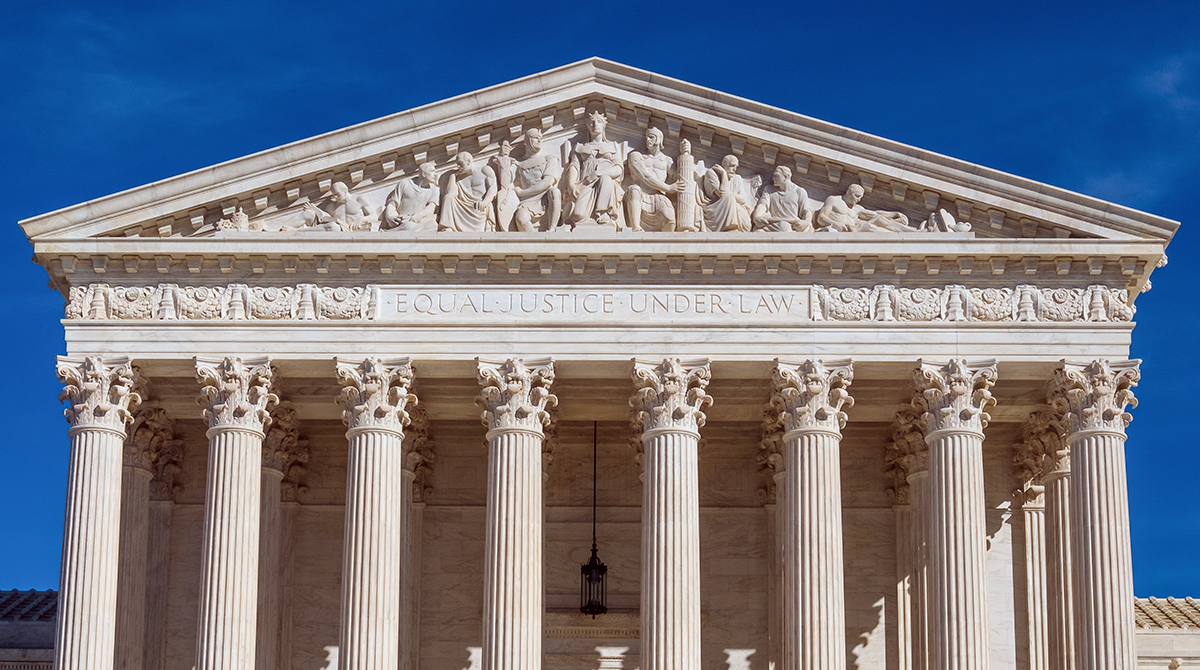Take a trip to your local library and you can practically guarantee it offers high-speed internet access. For many libraries, particularly those in small, rural communities, that access is made possible through a program known as E-Rate—a federal initiative administered through the Federal Communications Commission’s Universal Service Fund (USF) that helps eligible K-12 schools and public libraries obtain affordable broadband. E-Rate has been a quiet powerhouse providing broadband connectivity to libraries and schools across the U.S. for nearly three decades.
Now, that access may be in jeopardy as the Supreme Court hears a challenge to the program this spring from conservative group Consumers’ Research. The group alleges the USF is unconstitutional.
The American Library Association has filed an amicus brief with the court affirming USF’s constitutionality. ALA is part of a coalition of public interest groups defending USF in court. Oral arguments are set to begin on March 26.
What is E-Rate?
The E-Rate program is one of four USF programs authorized by Congress in the Telecommunications Act of 1996 that provides discounts to public libraries and to public and private K-12 schools on telecommunications services, internet access, and some closely related costs like inside wiring. Discounts can range from 20% to 90%, with the deepest discounts going to those communities with the greatest need based on the local eligibility levels for participation in the National School Lunch Program.

The impact of the program can’t be overstated. In 1996, only about 44% of public libraries had internet access at all. By 2000, nearly 96% of libraries were able to offer public internet access to library users, thanks largely to E-Rate. Today, virtually all public libraries offer fixed and wireless public internet access, devices, and trained staff to help connect library users to online resources.
Why E-Rate Matters
E-Rate benefits schools and libraries in every U.S. state and territory. From 2022-2024, 106,000 schools and nearly 12,600 libraries received more than $7 billion for broadband connectivity and internal connections, reaching more than 54 million students nationwide, not to mention the millions more library users at public libraries. If the Supreme Court rules USF to be unconstitutional, it would be a seismic loss for communities everywhere, particularly in more rural states.
For example, according to data from the FCC, California received about $912 million in E-Rate funding from 2022-2024 to support more than 6.5 million students at 11,629 schools and 1,034 libraries. That is a lot of money, but it only comes out to about $140 per student. Meanwhile, in Alaska, 496 schools and 81 libraries received about $451 million to support 137,600 students—roughly $3,277 per student.
“The E-Rate program supports the broadband capacity that libraries need to deliver essential services to their communities, providing opportunities in education, employment, emergency communications and entrepreneurship,” said ALA President Cindy Hohl in a January statement. “E-Rate and the other three USF programs are critical to fulfilling ALA’s vision of broadband as a human right. The Court should not pull the plug on this powerful program.”
What Can You Do?
While the Supreme Court reviews the cases that will determine the future of vital funding for universal broadband access, you can also take action right now:
- Sign up for advocacy alerts from the American Library Association to stay informed and respond to calls for action.
- Read up about E-Rate and ALA’s recent advocacy efforts.
- Share your library story: how has your library’s public internet access helped you stay connected, find information, or get your work done?
- Help support our work fighting for E-Rate and other issues that affect your library and community by becoming a supporter of the American Library Association.




